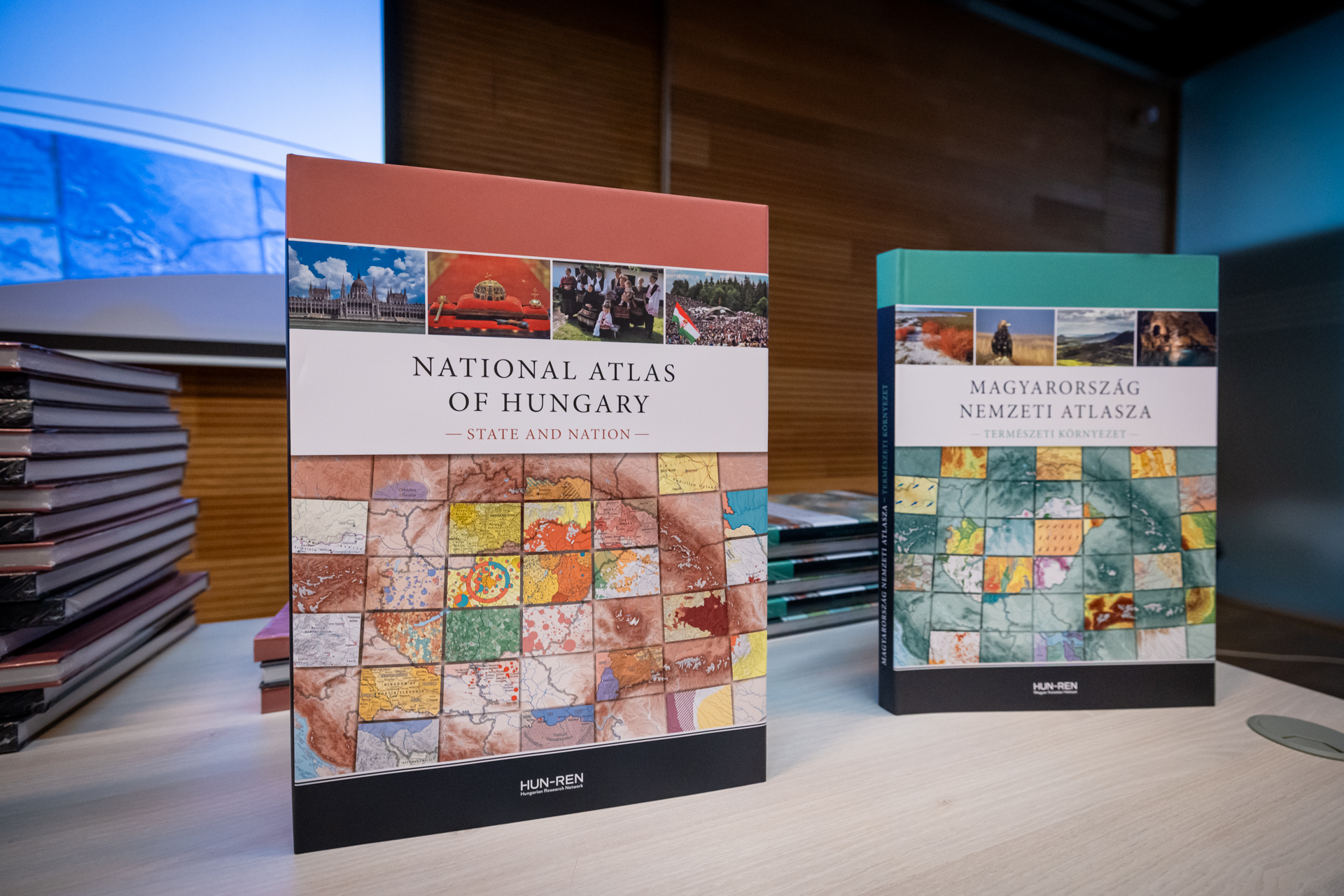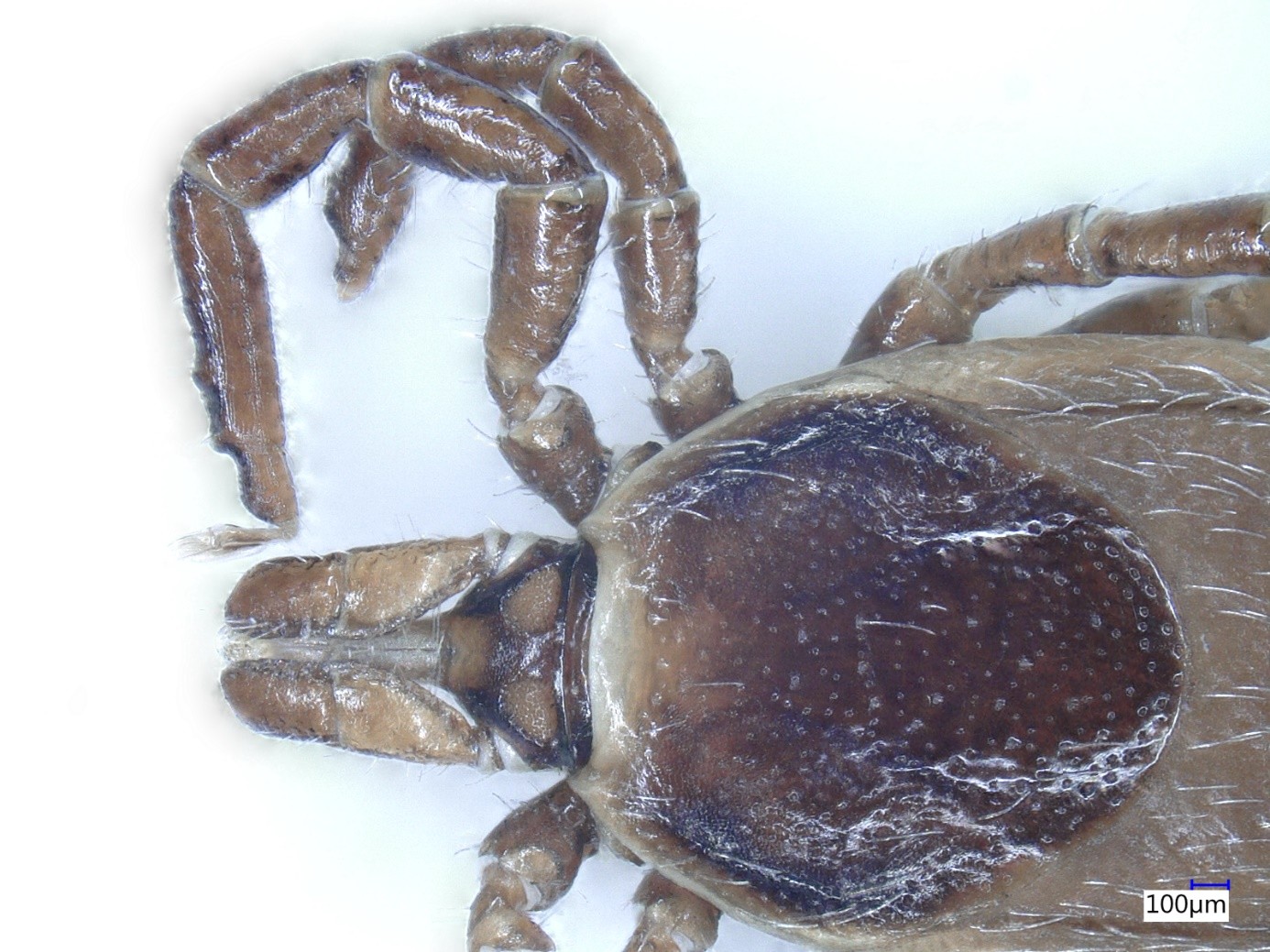Latest Edition of National Atlas of Hungary Unveiled: 300+ Maps Offer Fascinating Look at Hungarian History and Highlights
The latest edition of the National Atlas of Hungary showcases the history and present of our country and nation through over 300 maps, spanning nearly 40,000 communities. Among the highlights are visually striking maps that depict Hungarian Nobel and Academy Award winners, as well as Olympic champions. The Geographical Institute of the HUN-REN Research Centre for Astronomy and Earth Sciences once again served as the publisher and coordinator of this project. The new volume is also accessible to everyone in an online version.
The third and latest volume of the National Atlas of Hungary, titled "State and Nation," was unveiled at the HUN-REN Research Centre for the Humanities. The Geographical Institute of the HUN-REN Research Centre for Astronomy and Earth Sciences once again oversaw the publication and coordination of the project, with the Central Statistical Office serving as a strategic partner by providing essential data. Like the previous volumes (Natural Environment in 2018 and Society in 2021), this edition focuses on Hungary, the Carpathian Basin, and its surrounding regions.

The latest volume of the National Atlas of Hungary provides insights into the information, processes, and historical roots of our state and nation, covering 13 modern countries and over 39,000 settlements, primarily through maps. Its creation involved contributions from 5 volume editors, 15 chapter editors, 54 chapter authors, and 66 map designers, most of whom are affiliated with domestic universities, research institutes, or government agencies. Spanning 207 pages across 12 chapters, the volume showcases the main characteristics of our state and nation through 302 maps, charts, tables, and 224 photographs.
The chapters of the publication are organized into two major thematic sections, in line with its title. The first section focuses on topics such as the geoscientific exploration and mapping of our country and state, the history of the region before the Hungarian Conquest led by Árpád, the historical and contemporary administration of the Hungarian state, and its international relations. The second section delves into the spatial extent and settlement history of our nation over the centuries, the historical and geographical distribution of traditional folk culture, the regional characteristics of our dialects, the past and present of our nation’s social and political activity, and the geography of Hungarian talent.
By exploring the various-sized, colourful thematic maps, we can gain insights into the regional characteristics of topics such as prehistoric, ancient, and early medieval cultures and peoples in our territory, their archaeological traces, the historical geography of secular and ecclesiastical administration, the current administrative geography of the Carpathian Basin, the Hungarian global diaspora, the different regions of our folk culture, dialect regions and groups, elections from the past century and a half, civil society in Hungary, and the history and current state of our diplomatic and foreign economic relations. Additionally, the maps highlight the birthplace of Hungarian talents, the talent distribution in our settlements, and the accomplishments of our scientists, artists, athletes, inventors, Nobel and Academy Award winners, and Olympic champions.

The publication of the volumes was praised by Balázs Gulyás, President of HUN-REN; Tamás Freund, President of the Hungarian Academy of Sciences; and Áron Kincses, President of the Hungarian Central Statistical Office.

Károly Kocsis, Chair of the Editorial Board and Editor-in-Chief of the volumes, provided a detailed presentation of the completed atlases.
As with previous volumes of the Atlas, the publisher continues to support government efforts and institutions providing Hungarian-language higher education in the Carpathian Basin, both within and beyond Hungary’s borders. The majority of the English-language editions will be dedicated to supporting government initiatives and will be offered to the Ministry of Foreign Affairs and Trade. In addition to the latest volume, the second, revised edition of the 2018 Natural Environment volume was also presented at the HUN-REN Research Centre for the Humanities. Like the previous editions, the current volume, State and Nation, is available for free download in both Hungarian and English from the NAH website.

